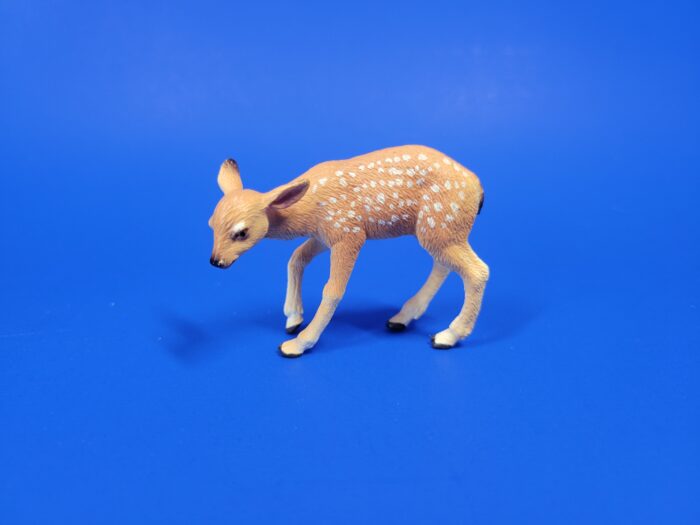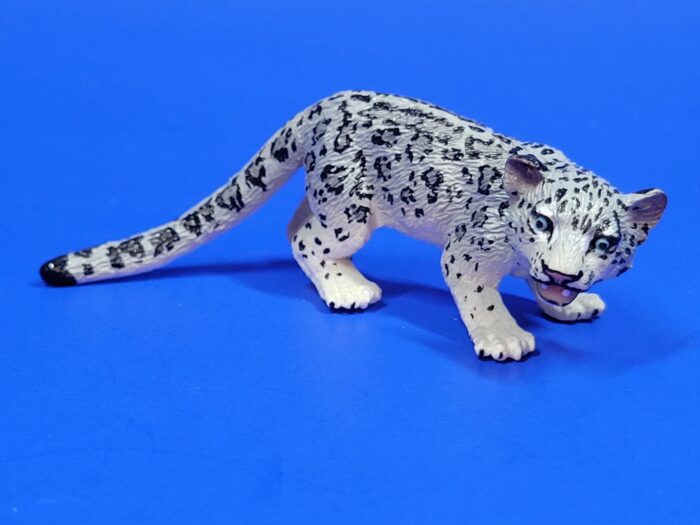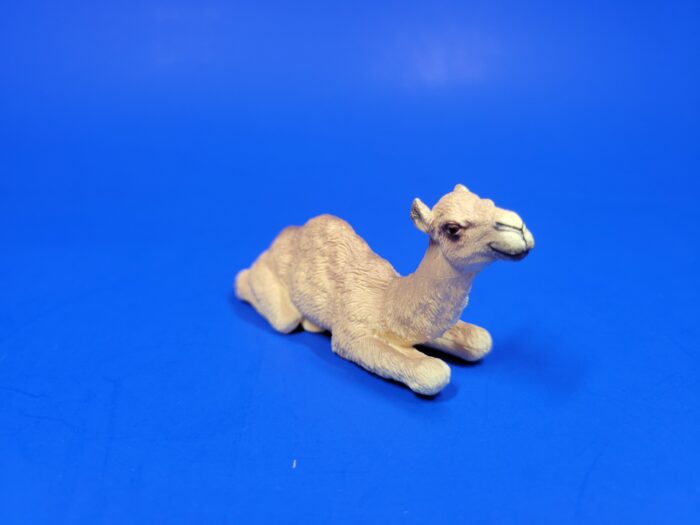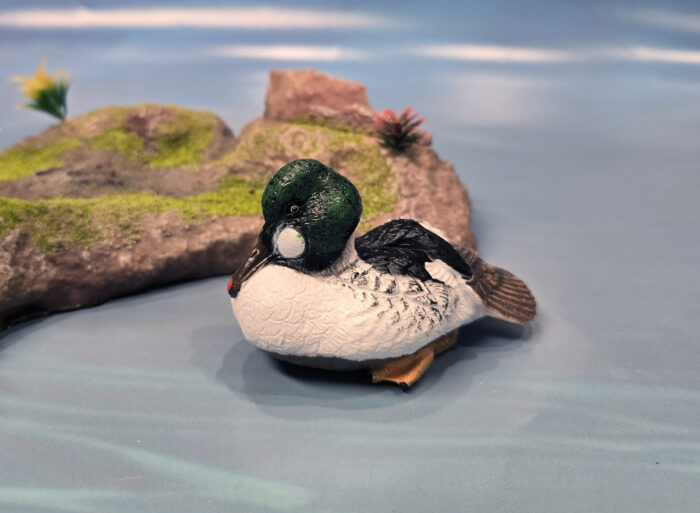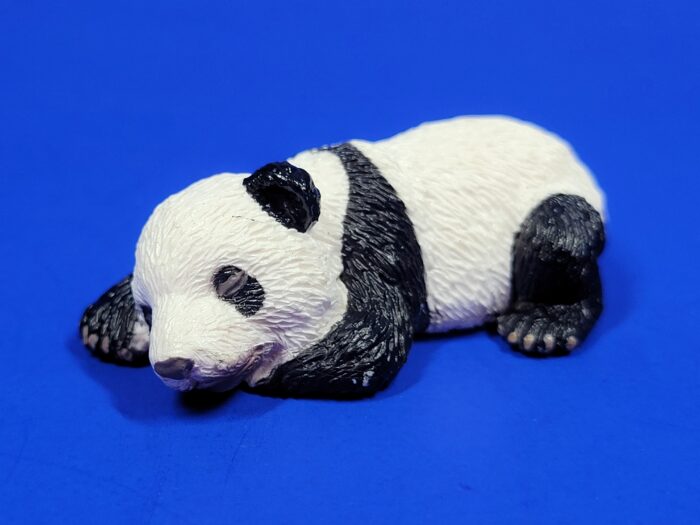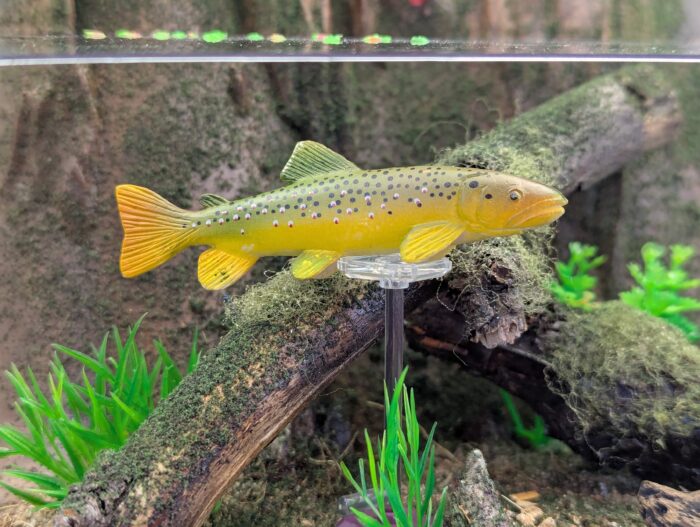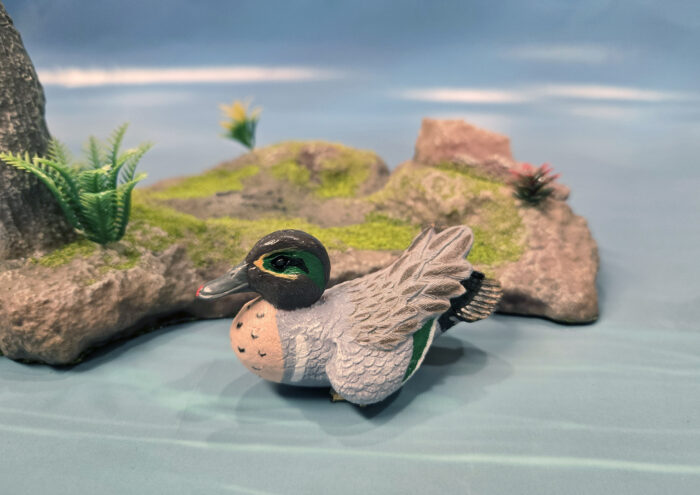Review and images by Suspsy; edited by bmathison1972
The green tree python (Morelia viridis) of New Guinea and Indonesia is a relatively small python that usually grows to around 150-180 cm, with some large females achieving up to 200 cm. It is notable for its preferred method of perching in trees by looping its coils over a branch and then placing its head in the middle of the coils.







